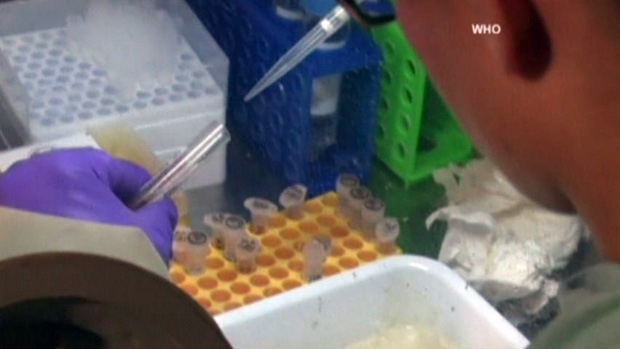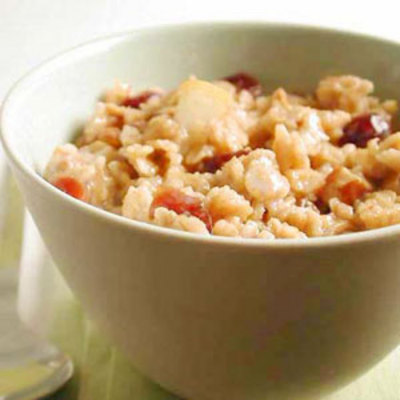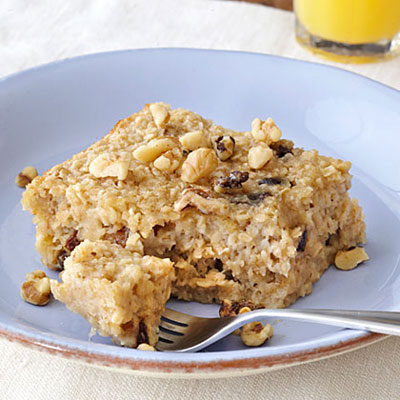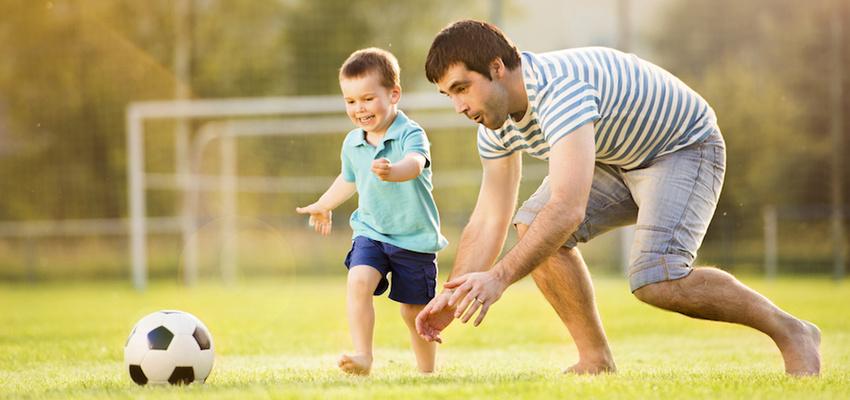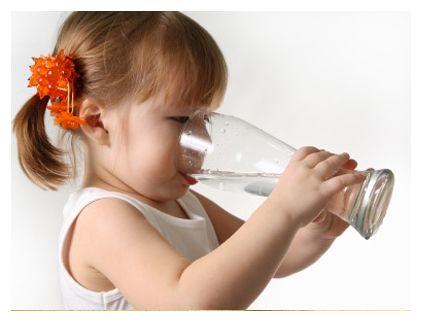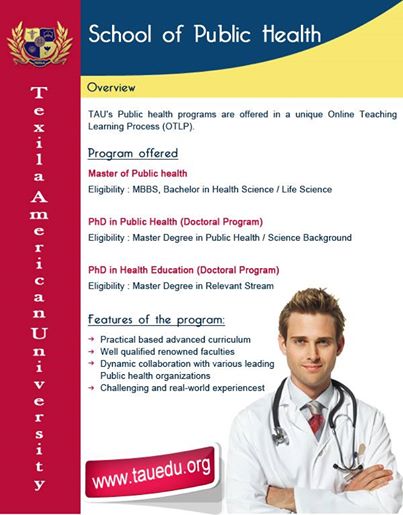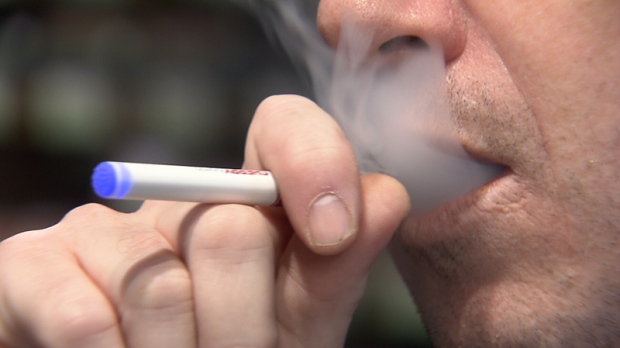Childhood UTI May Bring Lasting Harm to Kidneys
Urinary tract infections are the most common serious bacterial infections in young children, and almost one of every eight kids who gets one will end up with scarring on the kidneys and an increased risk of kidney failure later in life.
Identifying those kids early is critical, and researchers now report that a combination of three factors — high fever, detection of kidney abnormalities via ultrasound and identification of the type of bacteria involved — spots such patients as accurately as a very unpleasant catheter-based test does.
“We found that you more or less can predict the children who are at higher risk by looking at three different things when they come in,” said study author Dr. Nader Shaikh, an assistant professor at the University of Pittsburgh and a pediatrician at the Children’s Hospital of Pittsburgh.
In the past, doctors used a combination catheter/X-ray to detect children at greater risk for kidney scarring.
The test required using a catheter to fill a child’s bladder with a special dye. Doctors then asked the child to urinate while being X-rayed, so they could see whether urine flow indicated a kidney problem.
Doctors used the X-ray test often in the 1960s and 1970s, but in recent years they have been moving away from it, said Dr. Kenneth Roberts, a pediatrician in Greensboro, N.C., who wrote an editorial accompanying the new study.
“It’s very uncomfortable, very distressing and entails a good amount of radiation,” Roberts said. “It is not only not worth putting all children through that procedure, but with this study we now have information that shows it’s simply not justified.”
To see whether there is a better option for finding kids at greater risk of kidney scarring, Shaikh and his colleagues reviewed existing data from previous studies involving 1,280 children aged 18 and younger.
About 15 percent of these children suffered kidney scarring from a urinary tract infection. The researchers found that three factors were strongly associated with scarring:
- Fever of at least 102 degrees.
- Infection with a bacteria other than E. coli.
- Ultrasound readings that detected an abnormality in the kidney.
- A model based on these factors predicted nearly 45 percent of children who ended up developing kidney scars, a rate only 3 percent to 5 percent less effective than models involving blood tests or the catheter/X-ray examination, the researchers reported.
The findings were published online Aug. 4 in the journal JAMA Pediatrics.
The test’s real power comes in its ability to rule out children at risk, Shaikh noted.
“The prediction is not perfect,” he said. “For more or less, we can say these 80 percent of kids aren’t going to scar, we don’t have to worry about them.”
Doctors can step up observation of kids at greater risk for kidney scarring. “The main focus should be to prevent subsequent infections for those children,” Shaikh said. “Every time you get a [urinary tract infection], you get a chance of scarring again.”
Source: web md











